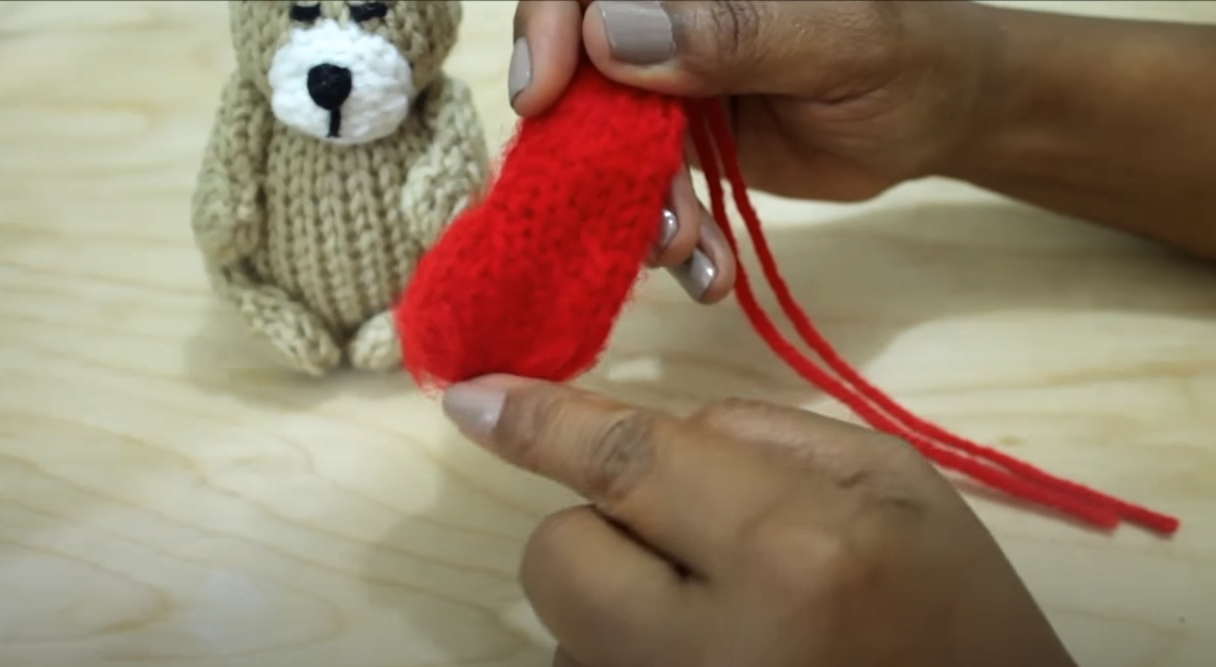Wool yarns are great for needle felting. These fibers are naturally sticky, clinging to moisture and heat. The process of needle-felting creates a dense, soft fabric. Felting can be done by hand, in a bucket or in a bathtub. The method can be repeated as many times as you want, or you can make a single, large piece of felt in one session.
If you're new to needle-felting, you may be wondering: "Can I use yarn for needle felting?" The answer is "yes" and "no." You can use synthetic wool, but wool is still the best choice. There are a variety of types of wool, including raw, unwashed wool, roving, and yarn. If you don't have access to raw wool, you can purchase synthetic wool.
Wool is the most common type of fibre used for needle-felting. It's normally sourced from South Africa or Australasia. It has short staples and minimal crimp. However, any wool yarn will work. The fibres of wool cling to one another when exposed to moisture, heat, and agitation. If you're not sure if you should use wool or another type of fibre, check the manufacturer's instructions or ask a professional.
If you're not sure whether you can use yarn for needle felting, you can watch a tutorial video on YouTube. The videos are more detailed, and you can see how the process works. For example, Sarah of Mama Knows Luxury demonstrates how to make a shawl using only wool. She also provides a video on how to connect the ends of the yarn. The whole process is easy and quick, and the results are beautiful.
In addition to wool, you can also use acrylic yarn for needle felting. It is important to use wool yarn that is made of 100-percent animal fiber and is not treated to make it washable. Ideally, you should use non-superwash wool to avoid any possible health risks. You should use a good quality knitting needle to ensure that the felt is a good quality one. If you can't find wool, you can purchase a synthetic one, which is usually cheaper than natural-looking.
If you want to learn how to needle-felt, you can use acrylic yarn for needle felting. You should choose light-colored yarns for beginners, as dark colors are harder to stitch with. When you are new to needle-felting, you should also consider how much you're willing to invest in your project. You can make a small, simple ball for your first project, or you can try a more intricate project.
If you don't want to buy a new yarn, you can use any other kind of yarn for needle felting. You will need an animal-fiber core, but you can also use a mixture of wool and synthetic fibers. A single piece will be a little smaller than two inches, and a second one will be larger. If you can't find any suitable animal-fiber yarn for needle-felting, you can try a wool-based one.
You can also use yarn for needle-felting. It is a great way to decorate items and even mending. The process is inexpensive and easy for beginners. There are several different kinds of wool yarn for needle-felting, so it's important to pick one that's right for you. You can start by knitting a swatch in stockinette stitch and then add a few inches to its length.
Although man-made fibers are great for needle felting, wool is better for 3D work. Wool is more likely to feel, and it's best to start by using a base that has a low moisture content. A foam base is a good choice for felting. A hessian bag filled with rice can be used as a base, but it's recommended that you use a wool mat.
Wool is the most common fiber for needle felting. It's easy to work with wool fibers because it's shapeless. You can use a wool-felting mat to protect yourself from the needles. It's important to wear gloves while needle-felting, since the process can be dangerous without proper protection. But a foam mat is an essential part of the process. This will prevent the needles from puncturing your hands and keeping you safe.




















